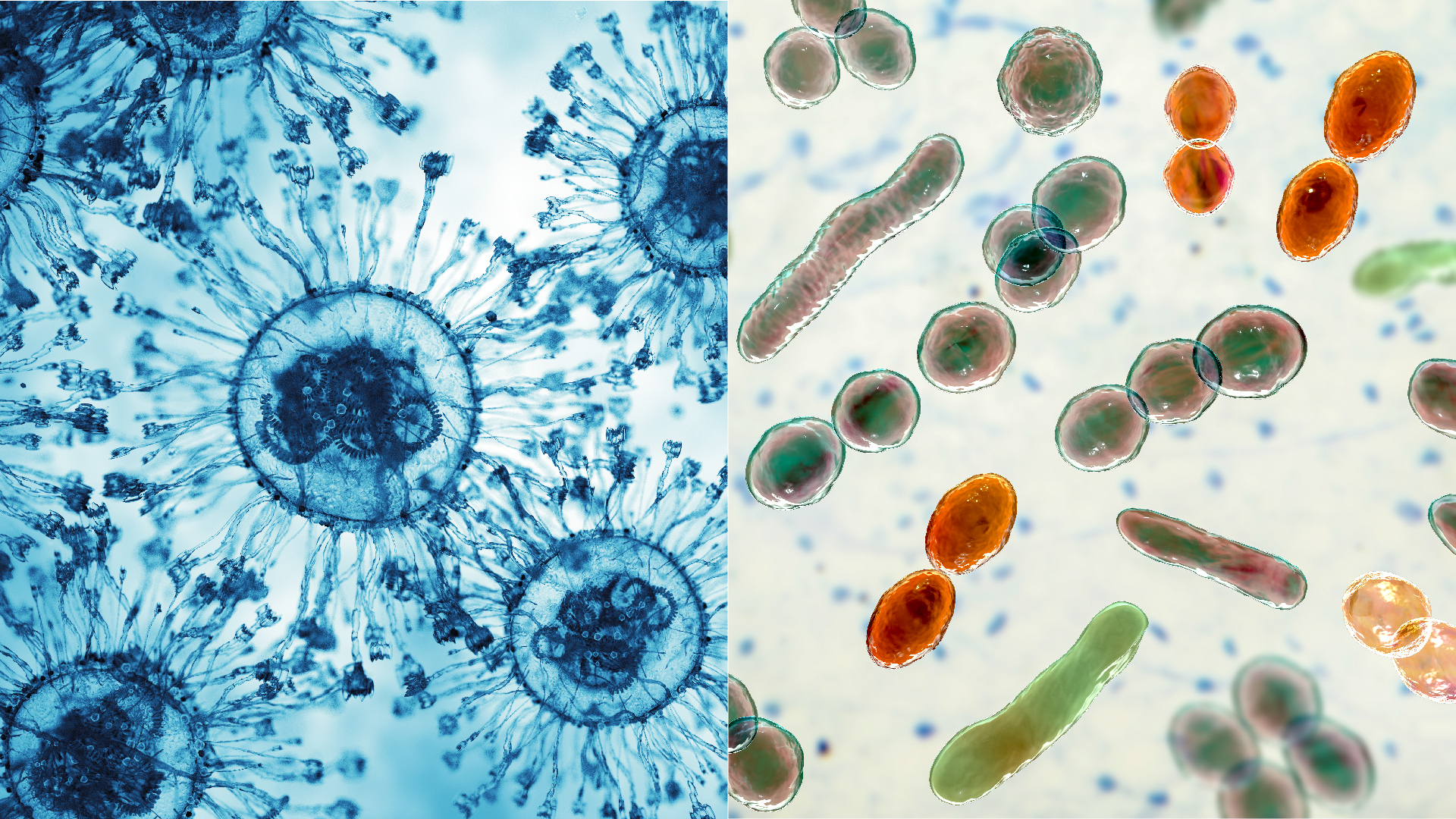Molecules, Vol. 29, Pages 4928: Saponin Molecules from Quinoa Residues: Exploring Their Surfactant, Emulsifying, and Detergent Properties
Molecules doi: 10.3390/molecules29204928
Authors: Kiara A. García Bustos Salvador Sanchez Muñoz Silvio S. da Silva Miguel A. D. Flores Alarcon Júlio C. dos Santos Gilberto J. Colina Andrade Ruly Terán Hilares
The indiscriminate use of synthetic surfactants, despite their desirable properties, poses significant environmental risks to ecosystems. This study explores saponins extracted from quinoa (Chenopodium quinoa) residues as a sustainable alternative. Saponin extract (SE) with 42% purity, obtained through hydrodynamic cavitation and membrane technology, was analyzed to determine its techno-functional properties. The critical micelle concentration (CMC) was 1.2 g/L, reducing the surface tension (ST) from 72.0 mN/m to 50.0 mN/m. The effects of temperature (30–90 °C), pH (2–12), and salinity (10,000–150,000 ppm NaCl) on ST and the emulsification index (EI) were assessed using a Box–Behnken design. Optimized conditions yielded an ST of 49.02 mN/m and an EI of 63%. Given these characteristics, SE was evaluated as a detergent across diverse swatches. This study showcases the attributes of quinoa-derived saponins, highlighting their potential for eco-friendly detergent applications.

 10 hours ago
12
10 hours ago
12


